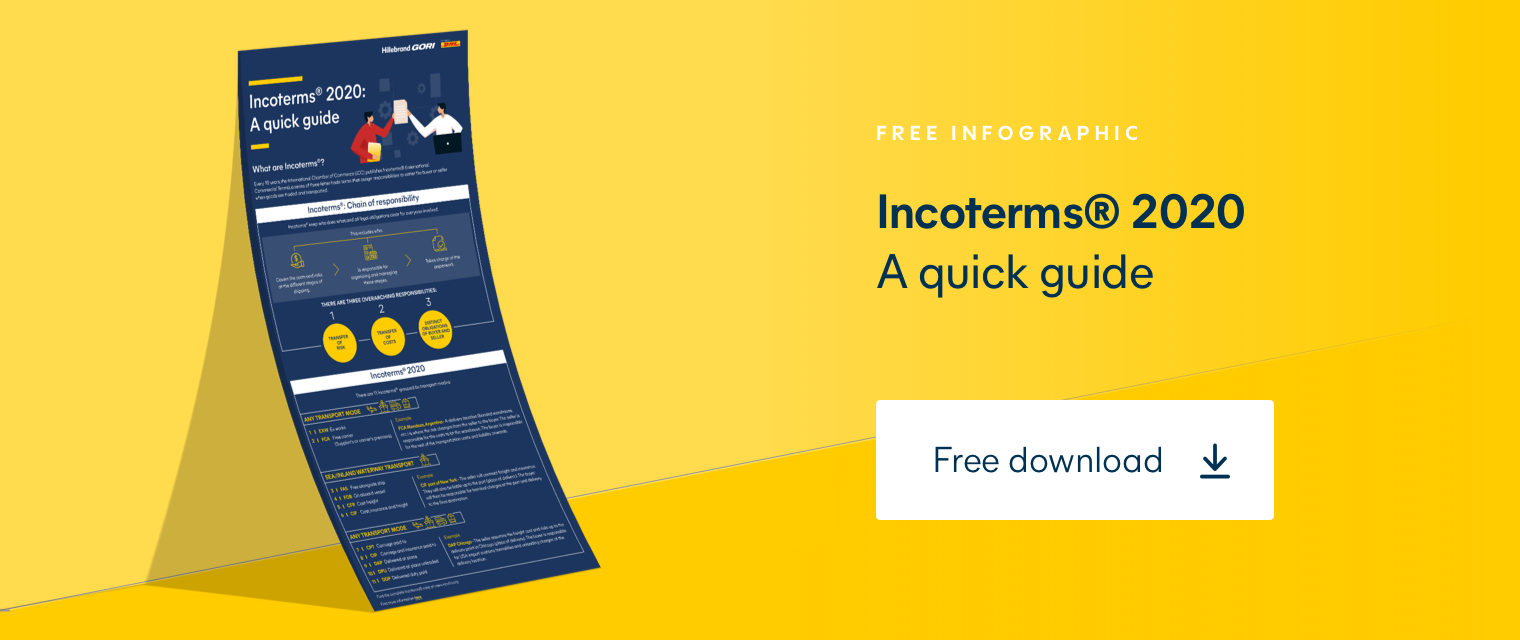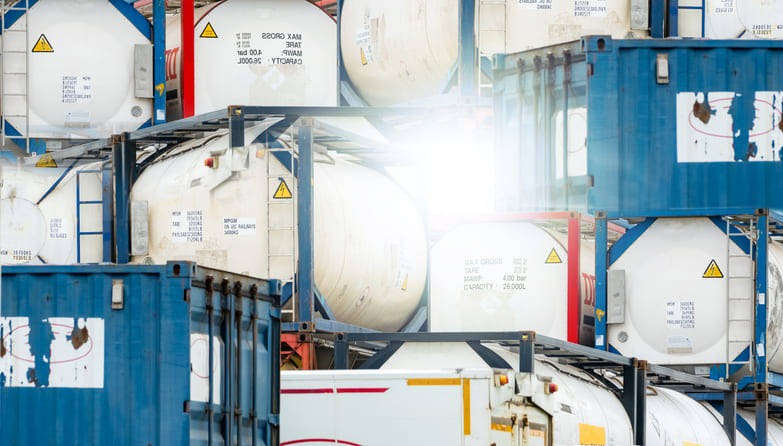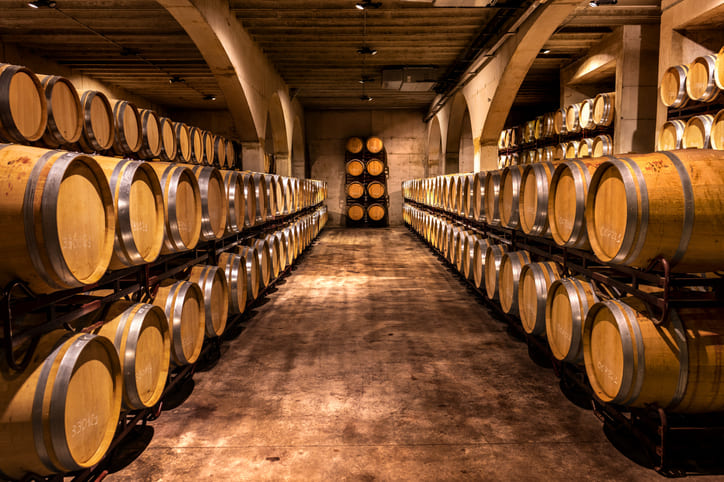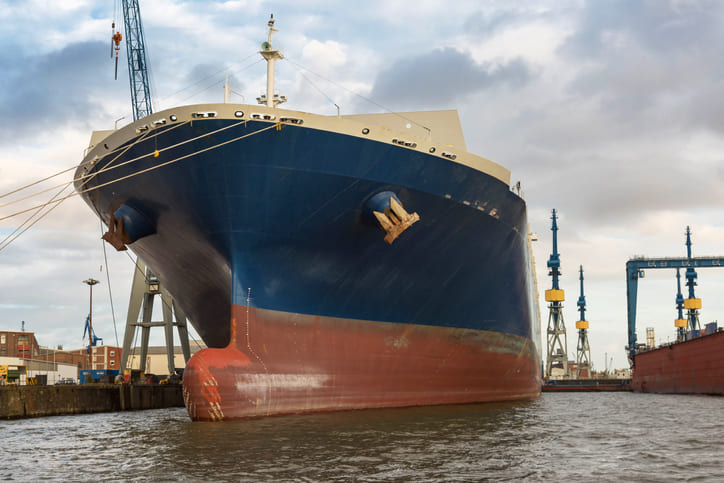What do the new EU wine bottle labeling rules mean for you?
Table of contents
- What does the label on a wine bottle mean?
- How do you now label wine bottles?
- How should you properly label wine under the new rules?
- What are the new wine bottle labeling rules in Ireland?
- Why are EU wine bottle labeling rules changing?
- Will the new wine bottle labeling rules change how wine is made?
- What happens if wine bottle labeling does not comply with the new rules?
- Design: wine bottle shapes
New regulations in wine bottle labeling will come into effect on December 8, 2023. The changes will affect wine producers, importers, and distributors doing business in the European Union. Read on to find out more about the new regulations and how to ensure compliance with them.
What does the label on a wine bottle mean?
Wine bottle labels are perhaps the most direct and immediate way wine producers can speak to their customers. Labels express the personality of the brand, tell consumers how a wine will taste, and carve out space in a competitive market. Did you know that 48% of shoppers decide which wine to buy at the time of purchase based on the information on the label?
In fact, labels are so important for shelf appeal that 58% of consumers said any damage to the packaging, such as wine labels ruined by container rain, would put them off purchasing a product.
How do you now label wine bottles?
Wine bottle labeling is also used to display mandatory information regulated by law.
For example, here is what is required on a wine bottle label under the current EU rules:
- Product name - This can include the brand name or a specific varietal or style of wine.
- Producer information - The label should include the name or business name and address of the producer, bottler, or importer within the EU.
- Country of origin.
- Protected Designation of Origin (PDO) or Protected Geographical Indication (PGI) if relevant.
- Alcohol content by volume.
- Nominal volume of wine in the bottle in metric units.
- Lot or batch number.
- Information on any allergens used in the production of the wine, such as sulfites or any derived from eggs and milk.
- Vintage year
- Some countries can additionally require health warnings.
Specific wine types may also have additional labeling requirements, and many individual EU countries have further regulations.
How should you properly label wine under the new rules?
While almost all foods and beverage products sold in the EU have to display details about sources and ingredients, wine and other alcoholic beverages were excluded from these stipulations.
But from December 2023, EU Regulation 2021/2117 means that on top of the current mandatory fields there is more information than needs to be included. Wines sold in the EU will have to provide detailed data on nutritional content, energy value, and ingredients such as flavorings, additives, enzymes, or any component of a composite ingredient.
This is a lot of extra information to fit onto the limited space of a traditional wine label. After listening to concerns from the industry about increased expenses and the fact that these requirements could lead to unsightly labels stuffed with text, EU policymakers agreed to a compromise.
According to this compromise, the additional information that needs to be displayed on the label are the energy value and the ingredients that could trigger allergies or intolerances.
Potential allergens, like gluten or casein, should be shown clearly and introduced by the word ‘contains.’
The energy value must be calculated for a 100ml serving and represented by the symbol ‘E.’
However, the complete list of ingredients and nutrition tables can be delivered electronically, for example, via a QR code or web address printed on the label.
Wine importers and other businesses should also be aware of additional rules surrounding ‘electronic labels.’
The information must be made available in an official EU language relevant to the consumer, and EU states can decide which languages must be included.
What’s more, the web pages linked by the QR codes can only display the information that is legally required. That means no extra sales or marketing content can be presented when a customer scans the code and opens the page. Another rule is that electronic label systems must not track users or collect any data about them.
To allow wine businesses time to adapt, the legislation will allow wine bottles produced before the December 8 deadline to remain on sale without their labels being updated to meet the new requirements.
What are the new wine bottle labeling rules in Ireland?
The upcoming regulations apply to all of the EU’s 27 member states, but one country is going even further: Ireland.
Although EU lawmakers decided against demanding producers include alcohol warnings on their wine bottle labeling, Ireland has become the first country in the world to pass a law doing just that.
The labels will also have to carry warnings like those found on cigarette packets. Proposals include messages such as ‘Drinking alcohol causes liver disease’ and ‘There is a direct link between alcohol and fatal cancers’ and warnings against consuming alcohol when pregnant.
Health warnings will also be provided to customers in licensed premises such as pubs.
The controversial Irish law will come into force in May 2026, giving businesses three years to prepare for the changes. However, the legislation could face legal opposition from the big European wine exporters including France and Italy on the grounds that it undermines the EU single market.
Why are EU wine bottle labeling rules changing?
Both consumers and regulators are growing more interested in the transparency and traceability of food and beverages. Transparency and traceability help guarantee that any products the public consumes are safe, plus it’s good for business.
Research shows that 94% of customers are more likely to stick with brands that show complete transparency and 75% said they would switch to a product that gives more detailed product information.
With mandatory nutritional labeling applying to all food since 2011, the EU finally decided that there was no reason wine should continue to be exempted from the same rules.
It’s worth noting that similar proposals for wine bottle labeling information are currently being discussed in the US.
Commenting on Ireland’s new rules, Minister for Health Stephen Donnelly said the changes would allow consumers to “make an informed decision about our own alcohol consumption.”
"Packaging of other food and drink products already contains health information and, where appropriate, health warnings,” he said.
“This law is bringing alcohol products into line with that."
Will the new wine bottle labeling rules change how wine is made?
Complete lists of ingredients becoming available to consumers may mean that casual wine drinkers will learn about some common wine additives for the first time.
Wine producers will need to be prepared to educate customers about how and why certain ingredients are necessary. With the public tendency to avoid additives in general and a growing interest in organic and natural wines, winemakers may need to reconsider how many additives they use and look for alternative solutions for some of their processes.
What happens if wine bottle labeling does not comply with the new rules?
The EU expects member state governments to carry out checks on wines available in their markets and enforce the new requirements.
If a wine bottle produced and labeled after December 8, 2023, fails to include the obligatory information, it will be removed from sale, and the government will be able to impose fines.
Getting your wine to its destination with every drop of taste carefully preserved and labels free from damage is easier than you imagine. Beverage logistics specialists like Hillebrand Gori know how to deal with potential risks like container rain and temperature extremes. Contact us to discuss your unique needs and request a customized quote.
Design: wine bottle shapes
Now that we have covered the wine bottle labeling requirements, let’s look at another important aspect of design: its shape.
Wine bottles come in different shapes, depending on the type of wine and the country. While there are no regulations regarding the design of wine bottles, some wineries and producers invest in unique and eye-catching designs to attract consumers.
Here are the three most common shapes for wine bottles.
- Bordeaux: The Bordeaux bottle is most associated with red wines. It is usually tall, with straight sides and high shoulders.
- Burgundy: Burgundy bottles, on the other hand, have sloping shoulders and are shorter in height compared to Bordeaux bottles.
- Champagne: Champagne bottles are known for their distinctive shape — long, slender and tapered at the neck.
Published 17th July 2023, updated 21st May 2024
Reviewed by Hillebrand Gori
The Common Agricultural Policy (CAP) is an EU policy that includes regulations for the wine sector, including labeling rules. The EU introduced the new wine labeling regulations on Jan. 1, 2023, with a grace period until Dec. 8, 2023.
Yes, these new requirements apply to all wines sold in the EU. This is regardless of their origin or production method.
Wine produced in or imported to the EU before Dec. 8, 2023, are exempt from new requirements, and you can continue to sell it until supplies run out. However, any new wine produced or imported after Dec. 8, 2023, must comply with the new regulations.
Winemakers will need to ensure that their wine bottles comply with the new requirements for selling their products in the EU market. They can list ingredients and nutrition information on wine labels or via QR code. However, they must list allergen and calorie information directly on the label.
How can we help your business grow?





